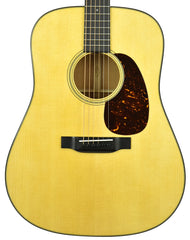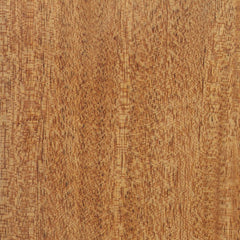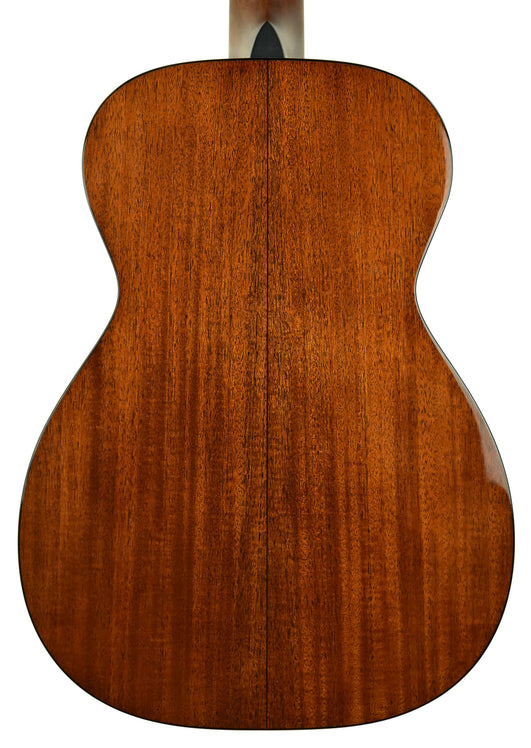You're here to learn about one of the top 5 tonewoods of all time and I will do my best to share with you the info I have found helpful. First off, a little background, here-say, and conjecture.... Mahogany is a tonewood that many guitarists learn of early on because it has been used to build some of the most iconic instruments ever played. So it's very easy to uncover early on in the rabbit hole. It's also used for necks AND bodies more so than any other typical instrument wood.
The Martin D-18 and The Gibson Les Paul are the first two that come to mind. Both have backs and necks made of the stuff, you know, Mahogany?


In the acoustic world, Mahogany makes punchy, focused, articulate guitars that seem to find their way into the hands of singer's or players working with vocalists. I find mahogany doesn't throw harmonics all over the room like Rosewood can. A good D-18 gets called a canon by lots of players because the sound comes out fast, concise, and powerful. Perfect for the strummer looking for something to sing over but perhaps a bit boring for the instrumentalist who prefers the complex tones rosewood presents. I love both and respect their place in the mix and plenty of great singer's choose Rosewood too. Heck, I prefer Maple!
Anywho, let's get to the facts! Here is what a Honduran Mahogany Tree looks like.

And here is a good close up of the grain once it's been planed
Sourced from: Southern Mexico to central South America and also grown on plantations.
Janka Hardness Rating: With a rating of 900, you don't see many builder's using mahogany for fingerboards. It can and is being done but it's rare compared to the # of mahogany necks made then topped with Rosewood or Ebony. However, it makes incredible bodies, just ask Gibson! This is a great hardness range to combine with humbuckers, specifically. The low end seems to go on eternally!
Sounds: As mentioned above it's focused, articulate, and punchy. Some call it dry, and I can understand that. If you sing or are playing with a singer, I probably wanna hear you with a Mahogany guitar over a Rosewood one, just personal preference.
Looks: can very greatly depending on numerous factors including where it was on the tree, how dense the piece is, how is was treated once cut, etc. The grain can be straight, wavy, tight, irregular or interlocked but the dead giveaway is the big open pores. Pale Pinkish Brown to Rich, Deep Brown is the norm. Figured Mahogany is out there but is much more rare than figured maple.
Workability: Easy peasy aside from the pore filling.
Usage: Mostly by Gibson, then adopted by other builders who can afford to work with it. From Electric's to Acoustic's, bodies to necks (but only rarely fingerboards!) this is an A+ tonewood in all respects. Dare I say that any guitar collection without Mahogany means that collection is incomplete!
This wood is getting more and more expensive. As someone who is always looking at exotic woods (what? it's my 1 vice!) I can assure you I have watched the prices for all mahogany go up over the last couple years. As of last month, Fender will be severely limiting the use of Ash ( a NATIVE tree!) and I believe Mahogany will have to be treated with the same consideration soon. Check out great alternative's like Sapele, Utile, and Okuome.
Mahogany Back's on a Gibson Johnny A, a Fender Acoustasonic, and a Martin 0-18



Wanna check out other guitars made with Mahogany?
I hope you found this installment in the Glossary entertaining and enlightening!
Article written by Mathew Jenkins - Guitar Player 30+ years, Teacher 20 + Years, Guitar Designer/Partscaster Assembler 10 Years, Musician/Photographer/Videographer, and one Helluva Model American!

